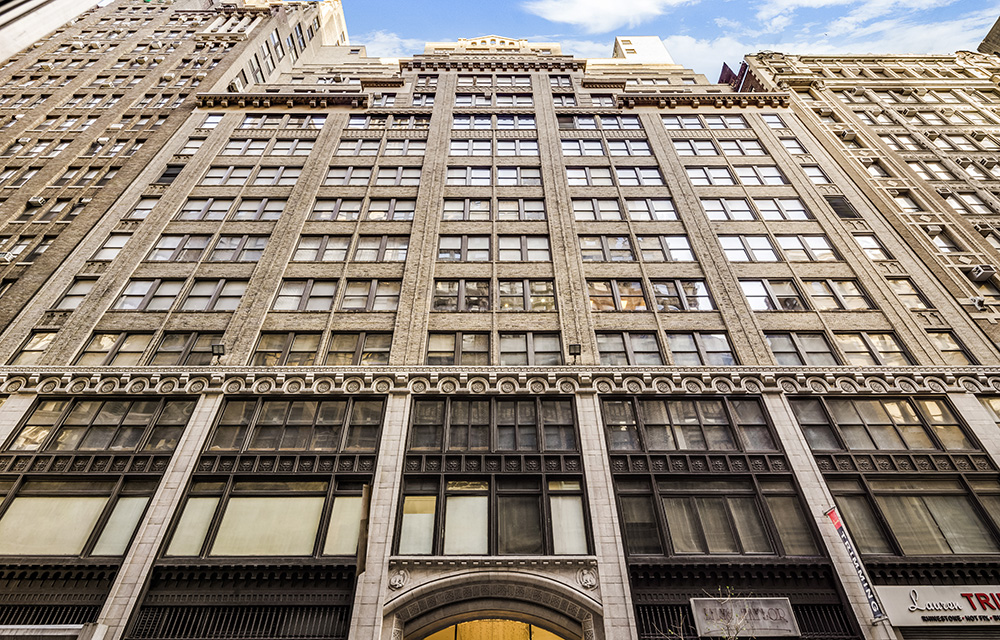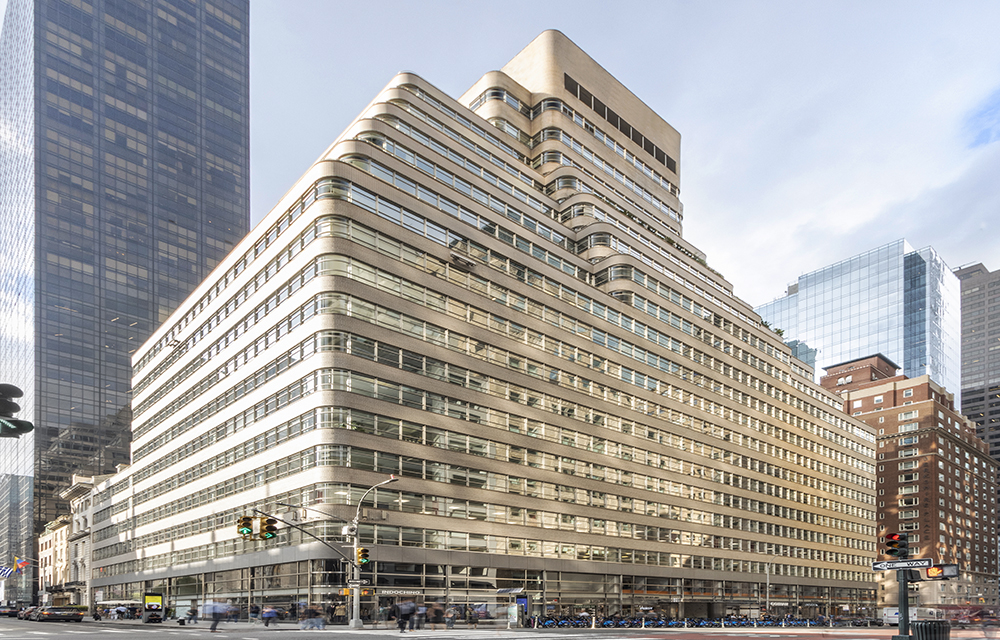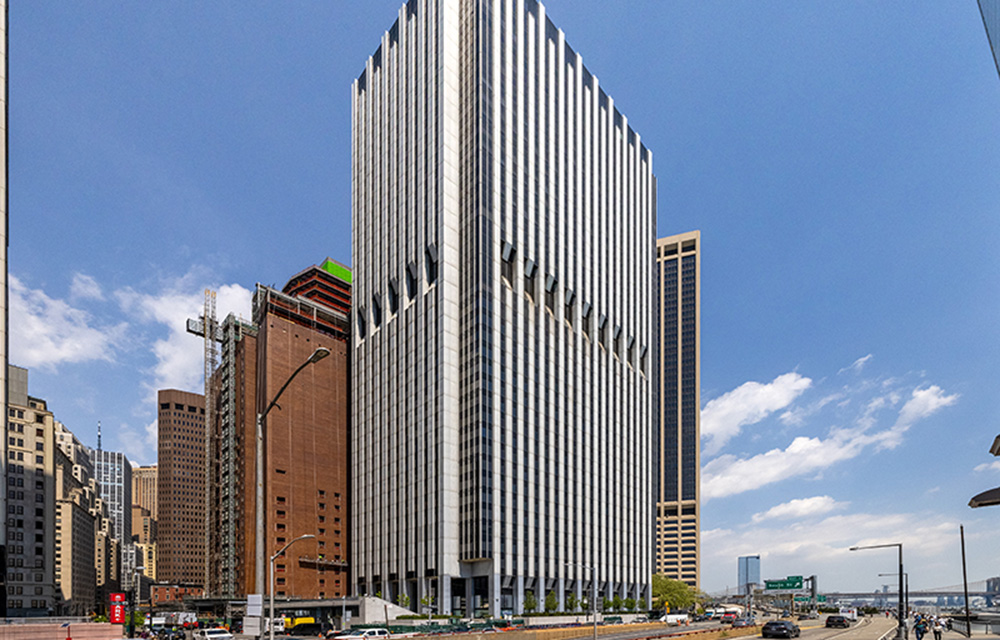News:
Brokerage
Posted: December 22, 2014
Product of the Month: Lack of high speed Internet stumbling block to growth in New York boroughs
There are no two ways about it, Long Island City is hot. Whereas-just a few years ago, investors turned up their noses at Queens' most Westerly neighborhood, today they are snapping up commercial buildings at a furious pace. Increasingly seen as a rapidly-gentrifying, low-cost alternative to Midtown Manhattan, developers are now paying multiples of what they would have paid just a few years ago for commercial properties in Long Island City: the Wall Street Journal reported last month that the Industrial Center Building in Long Island City, recently was sold to Vornado Realty Trust for $142 million, a 70% price increase since its 2012 sale. Furthermore, the Standard Motor Products Building in Long Island City was purchased by RXR Realty for $110 million, three times its asking price six years ago.
In spite of the euphoria around such sales, real estate developers are not always focusing on what could be a stumbling block in development efforts—a lack of high-speed Internet capabilities in these areas. This applies not only to Long Island City, but to other parts of Queens, Brooklyn and even parts of Manhattan. If not addressed properly, this could turn off prospective tenants, both commercial and residential.
It's shocking, but true. Residential customers in downtown Seoul and Moscow enjoy Internet access speeds 100 times greater than residents of the Big Apple in many places. In spite of the city's announcement in 2012 that it would invest $25 million annually to expand fiber optic network technology to businesses, the growth has not been fast enough for some.
High speed fiber optic cable has not been laid in many areas of New York, leaving buildings to depend on antiquated DSL lines or cable lines whose performances decrease as more and more people log on in peak times. With content increasingly rich, these no longer suffice for businesses looking to compete.
Typical is a complaint that I recently heard from a busy pediatrician in Williamsburg. Although his provider promised Internet speeds of 10 meg by 3 meg (download - upload), he finds his Internet line crawling and IP phones not working. This is simply not business-grade Internet.
And, this is far from an exception. According to our estimates based on Division of Taxation data, out of approximately 13,000 commercial buildings each in Brooklyn and Queens, that could use business level broadband, only a few hundred in each borough are equipped with fiber optics. In Manhattan, of the 13,000 commercial buildings which could use high quality broadband, more than 90% of the buildings are equipped with antiquated Verizon copper or "best efforts" cable.
While Time Warner Cable has said it will lay 20 miles of fiber per year to underserved areas of the city through 2020, real estate developers need more rapid—and less expensive solutions. Installing fiber by digging up New York City streets, costs an estimated $200-$250 a ft.
Xchange Telecom is one of a handful of broadband providers working on the issue from another angle by equipping under-served areas with fixed wireless solutions that provide symmetrical speeds from between 10 Mbps to 1 Gigabit.
A fixed wireless system uses a fiber-optic cable to connect to a rooftop radio antenna. The radio waves are connected to the building via fiber Ethernet, providing high speed Internet to the building. While fixed wireless technology has been around for over a decade, technological advances in recent years, have made it extremely competitive with fiber from a service delivery standpoint but at a much lower cost to deploy, with no need to rip up streets and sidewalks.
Our company plans to roll out service to about 1,500 buildings over the next few years, and Rainbow, another New York City-based company which deploys Fixed Wireless networks has said it will install fixed wireless to an additional 700 buildings in Manhattan.
Most recently, we also recently struck a deal with property management company Emmes to extend high-speed Ethernet to all of its 11 managed properties in Manhattan.
Doing so also garnered Emmes a high ranking from WiredScore NY, which certifies buildings in the city with the fastest and most reliable Internet connections.
With both fiber to the curb and fixed wireless offered, New York and its boroughs won't be a broadband desert forever. But developers need to pay attention to the issue before they sign on the dotted line.
Darren Feder is the president of Xchange Telecom, Brooklyn, N.Y.
Tags:
Brokerage
MORE FROM Brokerage
Meridian Capital Group arranges 10-year retail lease for Mess at 236 West 10th St.
Manhattan, NY According to Meridian Capital Group, Jordan Langer, Noam Aziz and Carson Shahrabani of the firm’s retail leasing team have arranged a five-year lease at 236 West 10th St. in Greenwich Village

Quick Hits
Columns and Thought Leadership

Lasting effects of eminent domain on commercial development - by Sebastian Jablonski
The state has the authority to seize all or part of privately owned commercial real estate for public use by the power of eminent domain. Although the state is constitutionally required to provide just compensation to the property owner, it frequently fails to account

AI comes to public relations, but be cautious, experts say - by Harry Zlokower
Last month Bisnow scheduled the New York AI & Technology cocktail event on commercial real estate, moderated by Tal Kerret, president, Silverstein Properties, and including tech officers from Rudin Management, Silverstein Properties, structural engineering company Thornton Tomasetti and the founder of Overlay Capital Build,

Behind the post: Why reels, stories, and shorts work for CRE (and how to use them) - by Kimberly Zar Bloorian
Let’s be real: if you’re still only posting photos of properties, you’re missing out. Reels, Stories, and Shorts are where attention lives, and in commercial real estate, attention is currency.

Strategic pause - by Shallini Mehra and Chirag Doshi
Many investors are in a period of strategic pause as New York City’s mayoral race approaches. A major inflection point came with the Democratic primary victory of Zohran Mamdani, a staunch tenant advocate, with a progressive housing platform which supports rent freezes for rent








.jpg)

.gif)